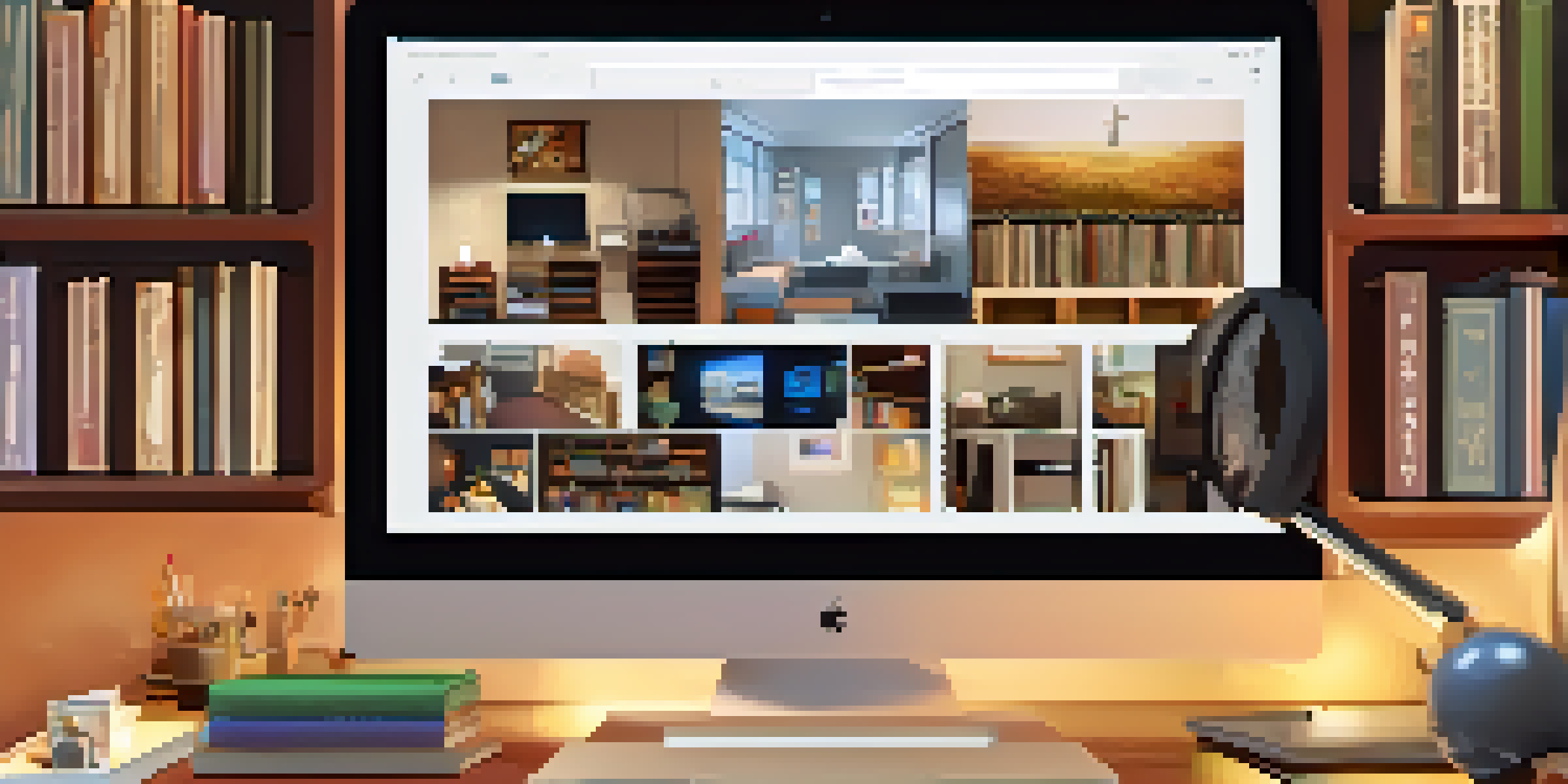Digital Portfolios for Language Learning: Best Practices

Understanding Digital Portfolios in Language Learning
Digital portfolios are collections of a learner's work that showcase their progress and achievements in language learning. Unlike traditional portfolios, they leverage technology to present multimedia content, making them more engaging and interactive. This allows learners to not only display their skills but also reflect on their growth over time, providing a comprehensive view of their language journey.
Choosing the Right Platform for Your Portfolio
Selecting the right platform is crucial for creating an effective digital portfolio. Options range from dedicated portfolio websites to simple blog platforms or even educational tools like Google Sites. Consider factors like ease of use, accessibility, and the ability to incorporate various media types, such as videos, audio recordings, and images, to create a rich learning experience.
Incorporating Diverse Media for Rich Learning Experiences
Using a variety of media can enhance the appeal and effectiveness of your digital portfolio. For instance, including videos of you speaking in the target language can provide a dynamic demonstration of your speaking skills. Additionally, incorporating audio clips, written reflections, and even interactive exercises can cater to different learning styles and keep your audience engaged.
Setting Clear Goals and Objectives
Defining specific goals for your digital portfolio can guide your learning process and content selection. For example, you might aim to improve your conversational skills or expand your vocabulary in a particular context. By establishing clear objectives, you can curate your portfolio to reflect your progress and accomplishments towards those targets, making it a valuable resource for self-assessment.
Regular Updates for Continuous Improvement
A digital portfolio should be a living document that evolves with your language learning journey. Regularly updating it with new projects, reflections, and achievements ensures that it accurately represents your current skills. This not only showcases your growth but also encourages you to keep pushing forward and trying new things in your language learning process.
Including Reflective Practices for Deeper Learning
Reflection is an essential component of effective language learning, and your digital portfolio can be a perfect space for this practice. After completing assignments or projects, take the time to write about what you learned, what challenges you faced, and how you overcame them. This reflective practice not only solidifies your understanding but also helps you identify areas for future improvement.
Sharing Your Portfolio with a Community
Sharing your digital portfolio can facilitate feedback and foster a sense of community among language learners. Consider sharing your portfolio with peers, tutors, or online language learning groups. This can lead to constructive criticism, encouragement, and even collaborative opportunities, enhancing your overall learning experience and motivation.
Evaluating Your Portfolio for Growth
Regularly evaluating your digital portfolio allows you to track your progress and identify areas for growth. Set aside time to review your work, analyze your achievements, and consider how far you've come since you started. This evaluation process not only boosts your confidence but also helps you realign your goals and strategies for continued success in language learning.